Contents
Guide


First published in 2022 by
Birlinn Limited
West Newington House
10 Newington Road
Edinburgh
EH9 1QS
www.birlinn.co.uk
Copyright the Estate of Desmond Seward 2022
All rights reserved. No part of this publication may be reproduced, stored or transmitted in any form without the express written permission of the publisher.
ISBN 978 1 78027 795 0
EBOOK ISBN 978 1 78885 567 9
British Library Cataloguing-in-Publication Data
A catalogue record for this book is available from the British Library
Designed and typeset by Hewer Text UK Ltd, Edinburgh
Printed and bound by Clays Ltd, Elcograf S.p.A.

For Frederick Lesser, a lover of Norway, who suggested that I write this book
Contents
Prologue
The Sword in the Burial Mound
This is the sword called Baesing
Legendary Saga of St Olav
One summer in about the year 995 (the precise date is unknown), heavily pregnant and confined to bed at the house of her father Gudbrand Kula, sta Gudbrandsdatter found herself incapable of giving birth. had cast her off to go to Sweden and court the widowed Queen Sigrid the Proud, whose wealth he coveted. Nor was sta soothed by learning that, irritated by his advances, Sigrid had persuaded Harald and his housecarls to drink until they dozed off into a stupor, then sent men to fire the hall where they slept and, as the burning rafters were falling on them, to kill all who ran out from the flames.
The news of Harald Grenskis death and her widowhood was brought to sta by Hrani Vidforli (Far Travelled), who had been his right-hand man. He survived because in the wake of a recent victory over the Jmsborg Vikings, Harald had left him behind in charge of the main body of his hird his armed retinue when he went to woo Sigrid.
According to the Legendary Saga of St Olav (a thirteenth-century life based largely on stories told by the skalds) a majestic figure who wore a red cloak and a massive gold arm ring then appeared to Hrani in a dream. I am Olav Digre, it said. I want you to break into my burial mound at Geirstad. There you will find a man in clothes like mine. Go up to him, take his arm ring, belt and sword, and finally cut off his head. There will be other men in there, too, but have no fear of them... If you do not do just as I say, all will go wrong, but if you do, then all will be well...
Next, you must go to the Upplands, to King Gudbrand Kulas house, where you will find his daughter sta in childbirth but unable to deliver. Gudbrand is broken-hearted, distraught from a humiliation for which there is no remedy. All this has happened because Harald Grenski sent sta and her women back in disgrace to her father who, with his daughter, is prostrate with misery. Wait until they ask for your advice, then tell them to gird my sword belt around her.
The mound was that of King Olav Geirstad-Alf, Olav Digre, who had been killed sixty years before. He and his half-brother Sigrd of Trondheim had refused to pay tribute to another half-brother, King Eirk Bloodaxe. Through a howling gale, Eirk and his army sailed night and day, coming faster than the news of him. Defiantly Olav and Sigrd drew up their men in a shield-wall on a ridge near the farm Haugar close by Tnsberg in Vestfold but, outnumbered, they were soon overwhelmed. Their housecarls built howes for them on the ridge where they fell.
There were many kings burial mounds of this sort in Norway, such as the famous Gokstad howe. When in 1880 archaeologists discovered a ship underneath, they found seated on a chair the skeleton of a huge man covered with terrible wounds received in battle, all in front, and for many years people believed, wrongly, that he was Olav Geirstad-Alf. Norsemen usually gave such places a wide berth. The god Odin, Ghost Sovereign and Lord of the Mounds, did not care for trespassers while elves lived in them, not pretty little fairies of the English sort but spirits of the dead who, if angered, might send a storm or cast a spell that would ruin the harvest. Prudent people, especially farmers wives, offered sacrifices to placate the lfar in their area.
However, Hrani was an exceptionally brave man. Breaking into Olav Geirstad-Alfs howe, he hacked off his head, taking his arm ring, belt and sword. Then he went to Gudbrand Kula at Hringerike in the Upplands, wild forest country to the far northwest of what is now Oslo, where he told his story. With Gudbrands approval, he placed the belt and sword on stas belly as a charm and soon after she gave birth to a son. Bitter at Harald Grenskis desertion, Gudbrand ordered it be left to die from hunger and exposure, as was often done in pagan Norway with unwanted children a custom known as out bringing. Despite Hranis protests, the child was placed in a ruined hut.
That night Hrani, woken by the babys cries, saw a strange light shining over the hut, and went to its grandfather, prophesying that it would grow up to be a wonderful man who would do his kindred great honour. When Gudbrand Kula refused to take it in, Hrani brought a friend to the hut who also saw the light. Still the old man remained adamant. (Kula means lump, which does not suggest high intelligence.) Eventually, Hrani persuaded Gudbrand to come and see for himself. This time, the light was almost blinding. Shaken, Gudbrand gave orders for the baby to be taken into the house and brought up as a member of the family.
Having agreed to be foster-father, Hrani gave the child the belt and the arm ring to play with. He also named him Olav after the king in the howe, an act of great significance for pagan Norsemen, some of whom believed strongly in the transmigration of souls. Bearing the same name could even imply that the boy was Olav Geirstad-Alf born again.
At the same time, Hrani entrusted sta with the sword Baesing, to keep for her son.
Introduction
Norways Once and Future King
warriors dared not look into the serpent-shining eyes of terrible seeming Olav
Sigvat Thordarson, Erfidrpa lfs Helga
This is the life of a Viking hero who became Norges evige Konge, Eternal King of Norway. He was Olav Haraldsson, who reigned at the beginning of the first millennium, and we know more about him than about any other Viking. For Norwegians, he haunts their landscape, even more important to them than Arthur is to the British. But unlike Britains once and future king, he really existed, and like Arthur and Excalibur his story begins with a sword, taken from a burial mound instead of a stone. Unlike Arthur, his life was ended by an axe that became his symbol.
Each year his shrine at Nidaros attracts more and more pilgrims. Part of his spell lies in the contrast between his life as a peculiarly ferocious Viking and as the man who made Norway Christian. Demon haunted and god haunted, he emerges from the company of Odin and Thor into the High Middle Ages the world of illuminated manuscripts, Romanesque sculpture and Gregorian chant.
When a very young man, he was dramatically successful in raids along the Baltic, in France and Spain, and above all in England. Yet he also doomed the Viking way of life to extinction by ensuring that Norway abandoned its ancient gods. What is seldom taken into account is how strong was the hold of the old pagan deities on the Norse people, which makes his achievement in overthrowing them all the more remarkable. Understandably, he made many enemies.

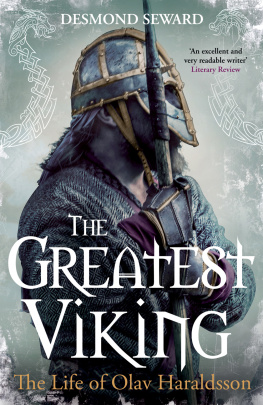
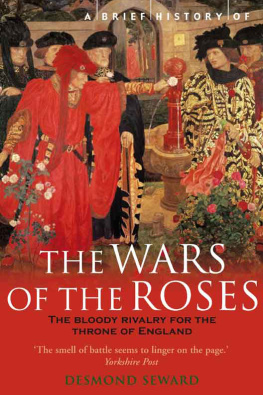
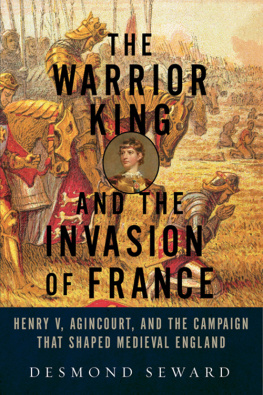
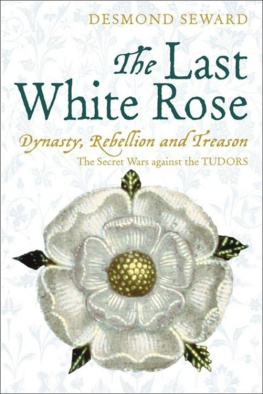


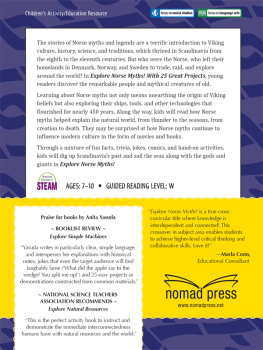
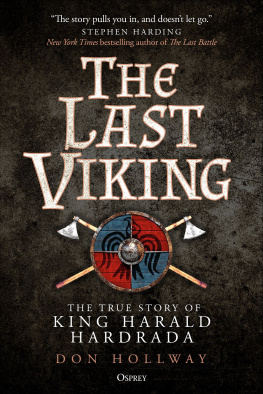

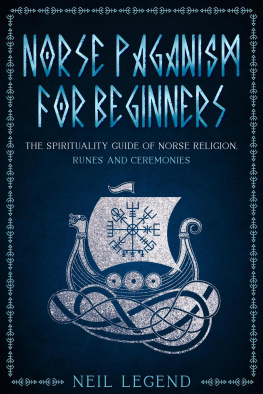
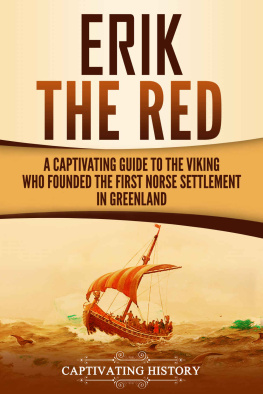
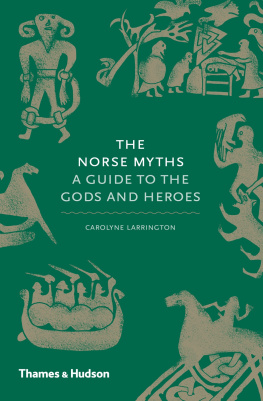
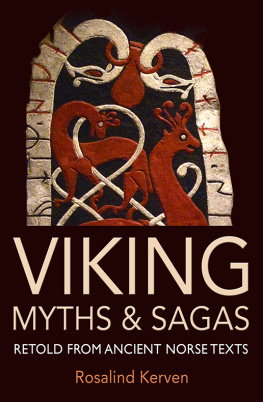
![Haywood - Viking: The Norse Warrior’s [Unofficial] Manual](/uploads/posts/book/98981/thumbs/haywood-viking-the-norse-warrior-s.jpg)



